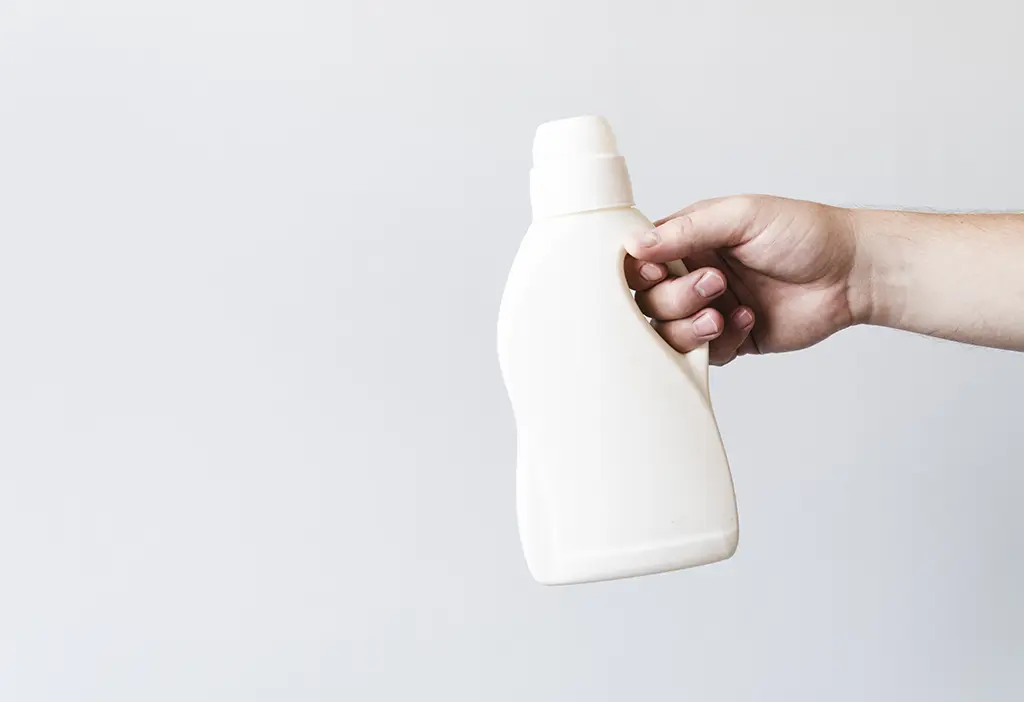Welcome to Chemicalsblog – Today we’ll discuss about chemical compound of bleach. If you’ve ever wondered about the magic behind this household staple, you’re in the right place. In this article, we’ll unravel the mysteries of bleach, exploring its chemical composition, how it works its cleaning magic, and some interesting facts you probably didn’t know.
Understanding Bleach:
Before we delve into more details, let’s start with the basics. Bleach is a household disinfectant and cleaner that’s been trusted for generations to banish stains, kill germs, and keep our homes sparkling clean. But what exactly is bleach, and how does it accomplish these tasks? Well, at its core, bleach is a chemical solution that harnesses the power of oxidation to break down and remove stains, dirt, and microbes.
The Chemical Compound of Bleach:
Now, let’s get down to the molecular level and explore the chemical compounds that give bleach its cleaning prowess. The primary active ingredient in household bleach is sodium hypochlorite (NaClO), a powerful oxidizing agent that’s responsible for its disinfectant properties. Sodium hypochlorite is produced by dissolving chlorine gas in a solution of sodium hydroxide (NaOH), resulting in a highly reactive compound that’s capable of breaking down organic matter and destroying harmful microorganisms.
How Does Bleach Work?
So, how exactly does sodium hypochlorite work its cleaning magic? Well, it all comes down to oxidation. When bleach comes into contact with stains, dirt, or microbes, the sodium hypochlorite molecules undergo a chemical reaction that breaks down the molecular bonds of organic compounds, effectively destroying them. This process, known as oxidation, is highly effective at removing stains and killing bacteria, viruses, and other pathogens.
But bleach doesn’t just rely on sodium hypochlorite alone. Many commercial bleaches also contain additional ingredients, such as surfactants and fragrances, to enhance their cleaning power and improve their scent. Surfactants help to lift dirt and grime from surfaces, making it easier for the bleach to penetrate and remove stains, while fragrances mask the harsh odor of chlorine, leaving behind a pleasant scent.
Safety Considerations:
While bleach is undoubtedly a powerful cleaning agent, it’s essential to use it safely and responsibly. Sodium hypochlorite can be corrosive and irritating to the skin, eyes, and respiratory tract, so it’s crucial to wear protective gear, such as gloves and goggles, when handling bleach. Additionally, never mix bleach with other cleaning products, as this can create toxic fumes and pose a serious health risk. Always follow the manufacturer’s instructions and ventilate the area when using bleach in enclosed spaces.
Also Read : Chemistry of Coffee: Chemical Compounds That Make Your Brew Special
Interesting Facts About Bleach:
Now that we’ve covered the basics, let’s wrap up with some fascinating facts about bleach that you might not know:
- Bleach has been used for centuries: The use of chlorine-based compounds for disinfection dates back to ancient times, with early civilizations using chlorine-rich compounds like saltwater and vinegar to sanitize drinking water and clean surfaces.
- Bleach isn’t just for laundry: While bleach is commonly associated with laundry, it has a wide range of applications, including disinfecting surfaces, sanitizing water, and even treating certain medical conditions.
- Bleach can lose its potency over time: Sodium hypochlorite gradually decomposes when exposed to air and light, so it’s essential to store bleach in a cool, dark place and replace it regularly to ensure maximum effectiveness.
Conclusion:
Finally we reach the end of “Chemical Compound of Bleach” article! We’ve explored the science behind this household staple, from its primary active ingredient, sodium hypochlorite, to its cleaning mechanisms and safety considerations. Armed with this knowledge, you can confidently harness the power of bleach to keep your home clean, safe, and germ-free. So, the next time you reach for that bottle of bleach, remember the fascinating chemistry that makes it work its magic!
Remember, bleach is a potent cleaning agent, but it should be used with caution and respect for its powerful properties. With proper handling and a basic understanding of its chemical composition, you can harness the cleaning power of bleach to tackle even the toughest stains and keep your home sparkling clean. Happy cleaning!

